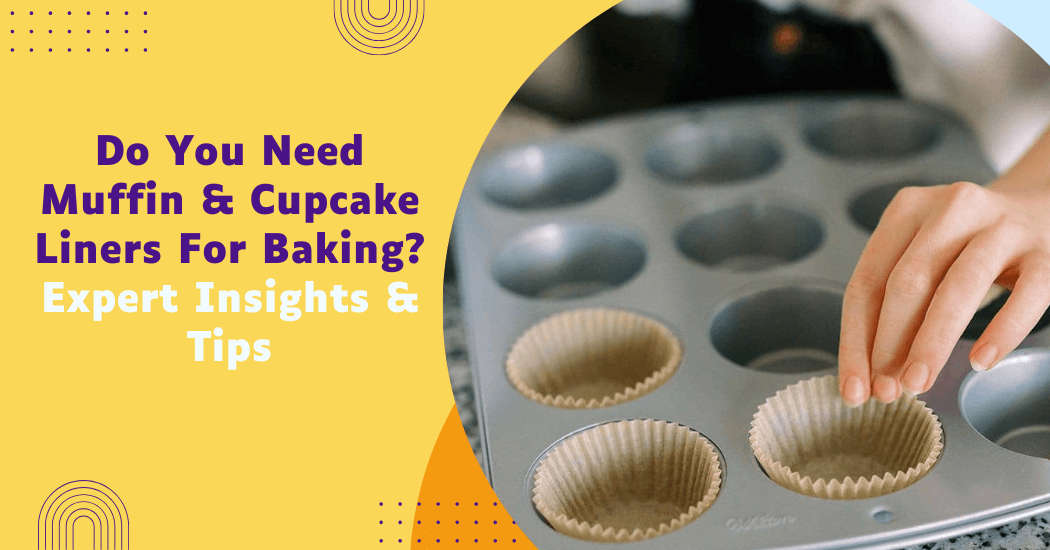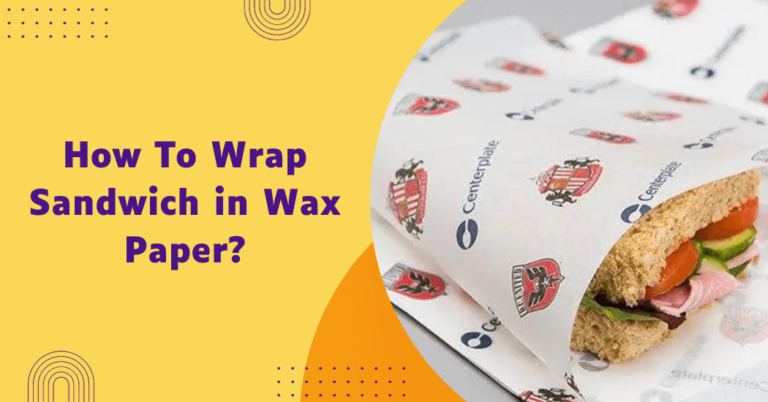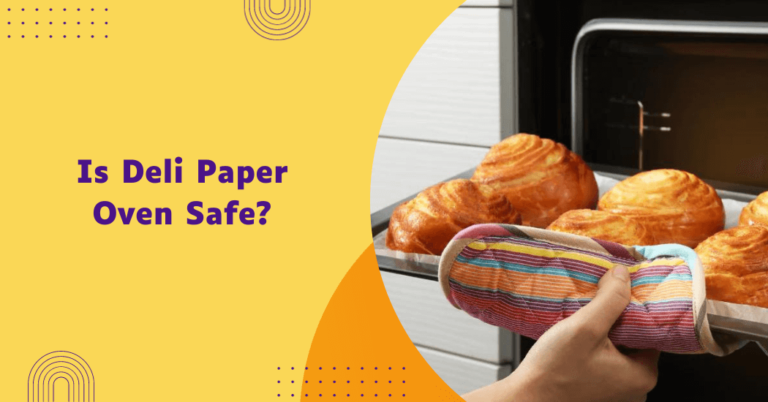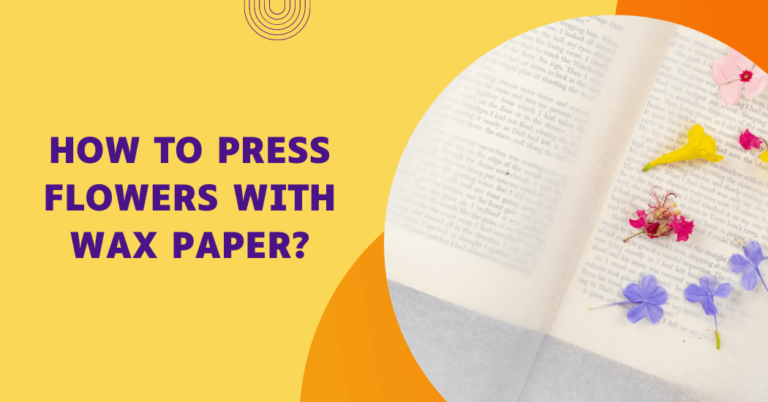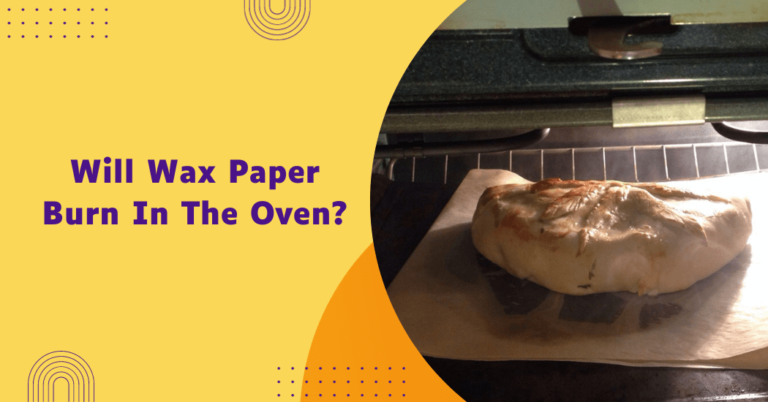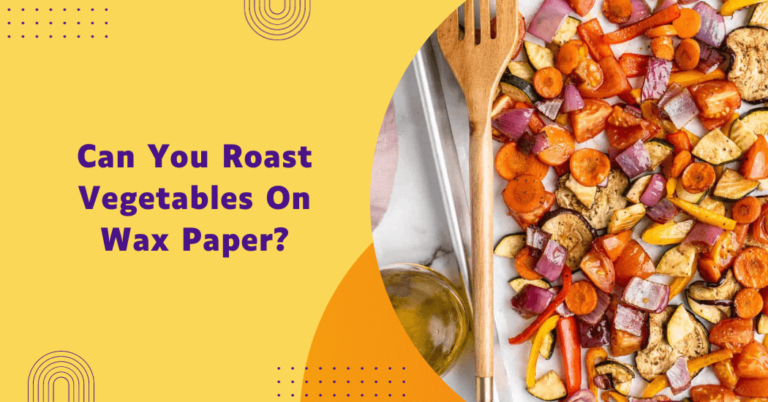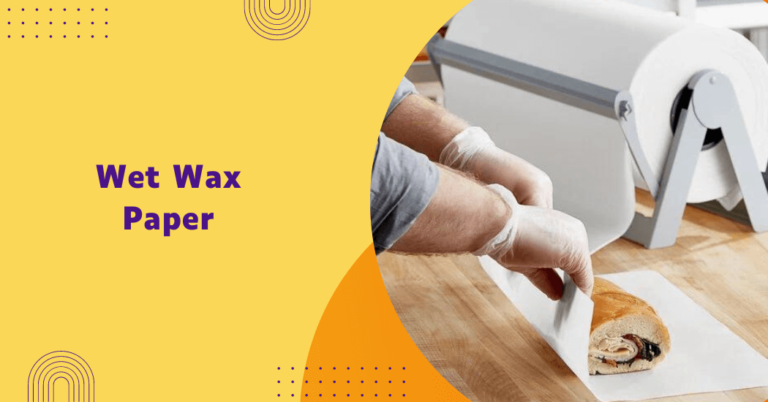Do you need muffin and cupcake liners for baking?
Are you someone who loves to bake delicious treats? Or perhaps, you’re new to the world of baking and are eager to try your hand at it. Either way, one thing that often comes up when discussing the process of baking muffins or cupcakes is whether or not using liners is necessary.
Some argue that they add a nice touch and make for easier clean-up, while others believe they are simply an unnecessary extra step.
In this guide, we’ll explore the reasons for and against using muffin and cupcake liners, helping you decide when they are essential and when they might be an optional convenience.
Muffin and Cupcake Liners For Baking
No, muffin and cupcake liners are not mandatory for baking. They are used primarily for convenience purposes such as easy clean up and to prevent sticking. However, they can also add a decorative touch to your baked goods. If you do not have liners, you can grease the pan well with butter or baking spray to achieve similar results.
Additionally, some recipes may require using liners if the batter is particularly sticky or if it needs extra support while rising during baking. Ultimately, whether or not you need muffin and cupcake liners depends on personal preference and the specific recipe being used.
Factors to consider when deciding whether or not to use muffin and cupcake liners for baking
When deciding whether to use muffin and cupcake liners, several factors should be taken into account:
- Type of Recipe: Certain recipes may benefit more from the use of liners. For instance, delicate batters, such as those used in soufflés or sponge cakes, might require the stability and support that liners provide. In contrast, sturdier batters might hold up well without them.
- Desired Texture: If you prefer a softer exterior on your muffins or cupcakes, liners are advantageous. They help keep the edges moist and tender. However, if you enjoy a slightly crispy edge, you might skip the liners for that perfect texture.
- Ease of Clean-Up: Liners can significantly reduce the amount of cleaning required after baking. If you’re short on time or simply want to make the process more efficient, liners can be a helpful tool.
- Presentation: For special occasions or when baking for groups, liners add a decorative and polished look to your treats. They can also be color-coordinated with themes, enhancing the overall presentation.
- Environmental Impact: Sustainability-conscious bakers may prefer to avoid disposable paper liners to reduce waste. Reusable silicone liners offer a compromise, combining the benefits of liners with a minimal environmental footprint.
- Hygiene: Liners create a barrier between the batter and the baking pan, which can be beneficial in maintaining hygiene, especially in settings with multiple bakers or in professional environments.
- Cost: The ongoing cost of purchasing muffin and cupcake liners can add up, especially for frequent bakers. Weighing the expense against the convenience they offer can help determine whether they are a worthwhile investment for you.
Research statistics
To provide a balanced perspective, let’s look at some research statistics on the use of muffin and cupcake liners:
- Health and Hygiene: The ABA (American Baking Association’s) 2021 report highlighted that using liners reduces direct contact with baking pans, which can lower the risk of cross-contamination and improve food safety. About 60% of respondents in the study mentioned hygiene as a key reason for using liners.
- Consumer Preference: According to a survey conducted by Baking Aficionados Magazine in 2020, around 65% of home bakers prefer using liners for ease of clean-up and improved aesthetics.
- Professional Bakers: A study published in the Journal of Culinary Arts in 2019 noted that 75% of professional bakers use liners primarily for the consistency they offer in commercial baking environments.
- Environmental Impact: A 2021 report from Sustainable Baking Practices highlighted that 58% of environmentally-conscious bakers avoid using liners to reduce waste, opting instead for silicone baking molds.
- Texture and Taste: A small-scale study by the Culinary Institute of America found that 48% of taste testers preferred the texture of muffins baked without liners, citing a slightly crisper edge as the reason.
These statistics underscore that the choice to use liners often comes down to personal preference and specific baking circumstances.
Tips for using muffin and cupcake liners for baking
- Choose the right size: It’s essential to use liners that fit snugly in your muffin or cupcake tin, with no gaps or overlaps. This ensures that your baked goods will maintain their shape and prevent any spillage.
- Grease-proof vs. non-grease-proof: If you’re using paper liners, consider whether they are grease-proof or not. Grease-proof liners have a coating that prevents the batter from sticking to them, while non-grease-proof ones may require greasing before use.
- Place them correctly: Make sure the liners are placed evenly in the baking tin to ensure consistent baking and an even rise.
- Fill them appropriately: When filling the liners, aim for about three-quarters full to allow room for the batter to rise without overflowing.
- Remove them carefully: Once your baked goods have cooled, gently peel off the liner from the sides. If they stick, you can use a knife or toothpick to loosen them before removing them.
- Experiment with different materials: Besides paper liners, consider using silicone or foil liners for different textures and results.
- Don’t forget about clean-up: While liners can make cleaning up easier, they still require proper disposal or washing if reusable. Make sure to dispose of used liners properly and wash reusable ones thoroughly.
Also Read: How To Lining a Loaf Pan?
Alternatives to using liners for baking
For those who prefer not to use liners, there are several alternatives available:
- Greasing the pan: Simply greasing your muffin or cupcake tin can prevent sticking and make cleaning easier. Use a non-stick spray or butter and flour to coat the pan before adding the batter.
- Flour coating: Some bakers swear by dusting the pan with flour instead of using liners. This method can also add a subtle crunch to the edges of your baked goods.
- Parchment paper: Cutting circles of parchment paper and placing them at the bottom of each well in the tin can serve as a barrier between the batter and pan while still allowing for easy removal.
- Non-stick silicone molds: Similar to liners, silicone molds provide a non-stick surface for baking and can be reused multiple times.
- Cupcake wraps: Wrapping parchment paper around the base of muffins or cupcakes can serve as an alternative to liners while still adding a decorative touch.
- Wax Paper (Limited Use): Wax paper is coated with a thin layer of wax, making it non-stick and moisture-resistant. However, it is not heat-resistant, so it should only be used for lining surfaces when rolling dough or preparing no-bake recipes. Don’t use wax paper in the oven, as the wax can melt or catch fire.
Pros and Cons of using muffin and cupcake liners for baking
To summarize the discussion, here are some pros and cons of using liners in baking:
Pros:
- Convenience: Liners can make clean-up easier and save time in the kitchen.
- Presentation: They add a decorative touch to your baked goods and can be color-coordinated with themes or occasions.
- Hygiene: Liners provide a barrier between batter and pan, maintaining hygiene.
- Texture: For those who prefer a softer exterior on their muffins or cupcakes, liners can help achieve that desired texture.
Cons:
- Expense: The ongoing cost of purchasing liners may not be feasible for some bakers.
- Environmental impact: Disposable paper liners contribute to waste. Reusable silicone options offer a more sustainable alternative but still require energy for washing.
- Limited options: There may be limited design or material options for liners compared to other alternatives. However, there is always the option of greasing the pan or using parchment paper instead.
FAQs
Do reusable silicone liners offer the same benefits?
Yes, reusable silicone liners offer many of the same benefits as disposable paper liners, such as ease of removal and enhanced presentation. They are also an eco-friendly option as they can be washed and reused multiple times.
Do I need to grease paper liners before use?
Grease-proof paper liners do not usually require additional greasing. However, non-grease-proof liners may benefit from light greasing to prevent sticking.
How can I ensure my baked goods don’t stick to the pan if I’m not using liners?
To prevent your baked goods from sticking to the pan, be sure to thoroughly grease the pan with non-stick spray, butter or oil. Dusting the pan with flour after greasing can also help.
Can liners improve the presentation of my muffins and cupcakes?
Yes, liners can significantly improve the presentation of your muffins and cupcakes. They come in various colors and designs, allowing you to coordinate with themes or special occasions.
Are there any environmental considerations when using liners?
Yes, disposable paper liners contribute to waste, which can have an environmental impact. Reusable silicone liners are a more sustainable option but still require water and energy for washing.
Final Thoughts
Whether you choose to use muffin and cupcake liners for baking or opt for an alternative method, it ultimately comes down to personal preference and priorities. Consider your needs, budget and values when making this decision.
The possibilities are endless when it comes to experimenting with different types of batters and flavors in baking. So why not take a chance on trying out various methods and techniques? Whether you’re a seasoned baker or just starting, it’s always fun to learn new tricks in the kitchen.
